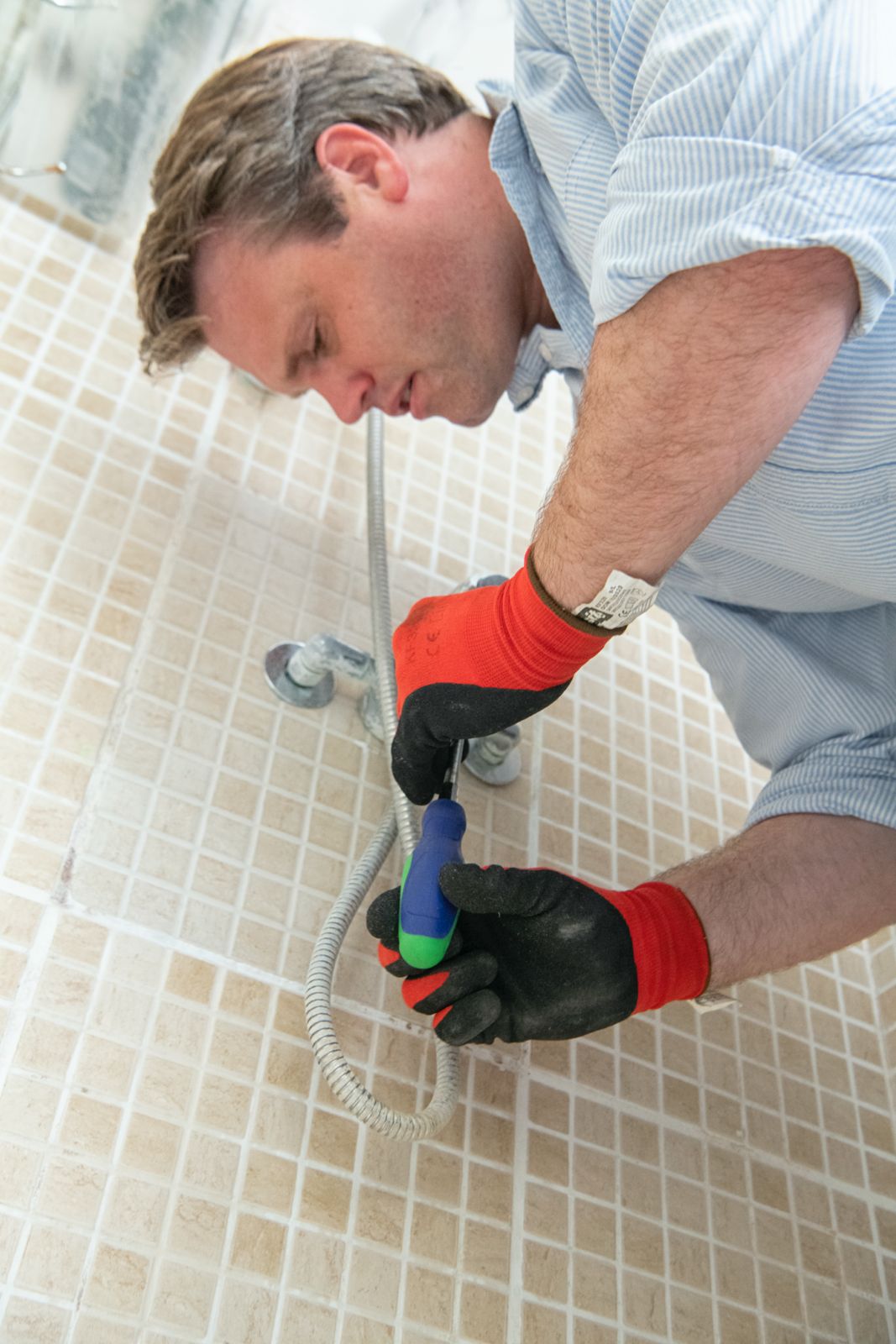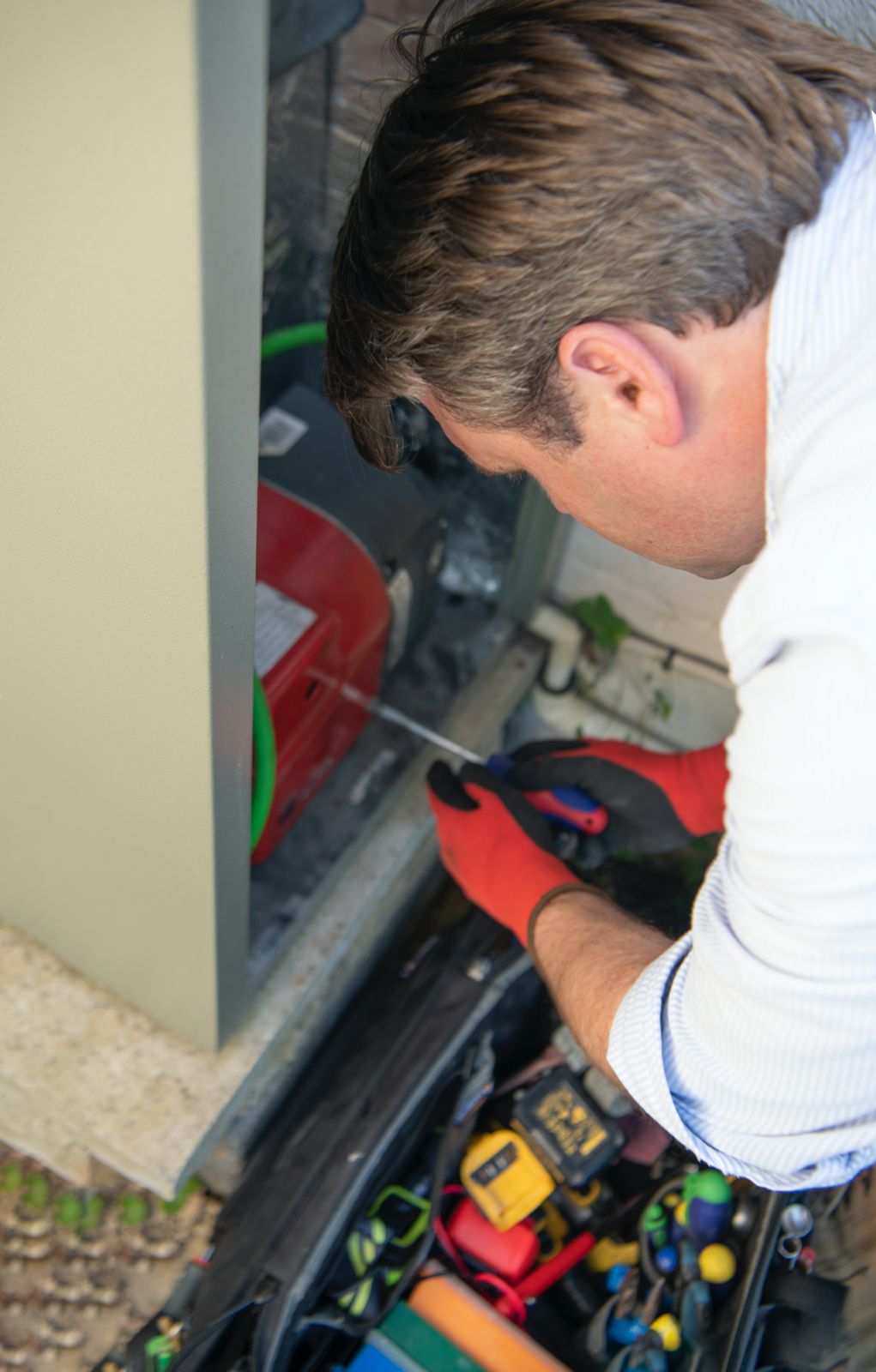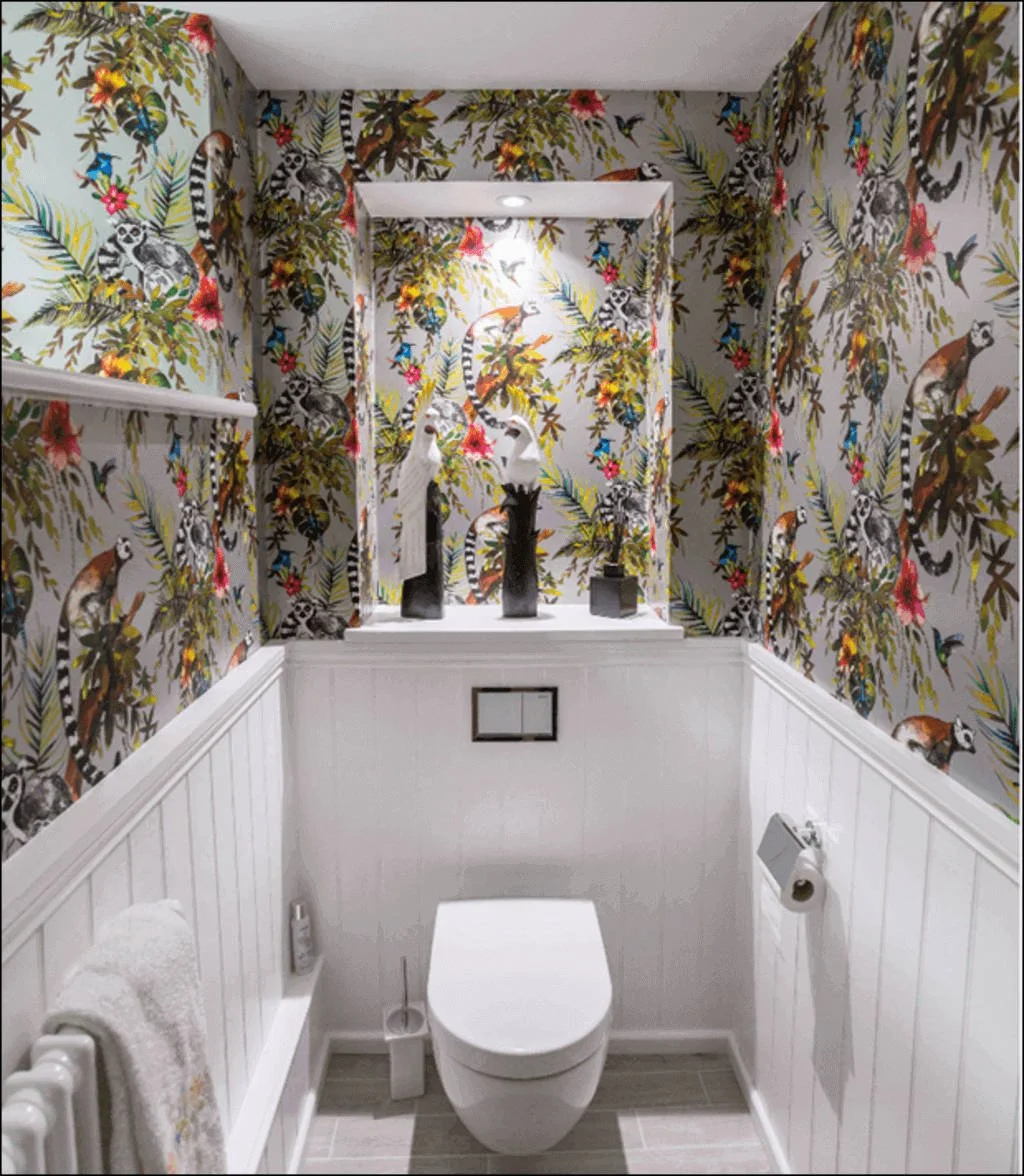The Environmental Crisis Hidden in Your Toilet
Why faulty flush valves should be banned to save our water resources and planet

While we debate plastic straws and shopping bags, millions of British toilets are silently devastating our water resources through faulty flush valves. This isn't just about higher bills—it's an environmental catastrophe hiding in plain sight, demanding immediate regulatory intervention and industry reform.
The Staggering Scale of Environmental Damage
UK Water Waste from Faulty Flush Valves
Annual Water Loss
Conservative estimates suggest 5-7 million UK homes have faulty flush valves, each wasting an average of 100-200 litres daily.
Environmental Impact:
- 400-700 billion litres wasted annually
- Equivalent to 280,000 Olympic swimming pools
- Could supply fresh water to 3.2-5.6 million people
- Represents 8-12% of total UK water consumption
Energy and Carbon Footprint
Every litre of wasted water requires energy for treatment, pumping, and processing— creating a massive hidden carbon footprint.
Carbon Impact:
- 0.4-0.6 kg CO2 per 1,000 litres processed
- 160,000-420,000 tonnes CO2 annually from flush valve waste
- Equivalent to 35,000-90,000 cars driving for a year
- Additional sewage treatment carbon costs
Ecosystem Strain
Excessive water extraction and processing strains natural ecosystems, affecting rivers, aquifers, and wildlife across the UK.
Ecosystem Effects:
- Increased pressure on river systems and aquifers
- Additional chemical treatment requirements
- Strain on wetland ecosystems from over-extraction
- Wildlife habitat disruption from processing infrastructure
Climate Change Context
As the UK faces increasing drought conditions and water scarcity warnings, wasting 400+ billion litres annually through preventable toilet leaks is environmentally irresponsible and economically devastating.
Climate Reality:
- 2022: Driest July on record for England
- Water companies declaring drought conditions
- £14 billion needed for water infrastructure upgrades
- Population growth increasing water demand by 1% annually
Why Traditional Flush Valves Are Environmental Disasters
Design Flaws
Traditional flush valves were designed in an era of water abundance, with little consideration for long-term environmental impact or resource conservation.
Fundamental Problems:
- Single-flush systems waste water on every use
- Rubber seals degrade quickly in hard water areas
- No fail-safe mechanisms when valves malfunction
- Scale buildup inevitable without regular maintenance
No Regulatory Oversight
Unlike other water-using appliances, toilets have minimal efficiency standards, allowing environmentally destructive systems to remain in service for decades.
Regulatory Gaps:
- No mandatory replacement schedules
- No efficiency standards for existing toilets
- No penalties for continuous water waste
- No monitoring of household water waste
Consumer Ignorance
Most homeowners don't understand the environmental or financial impact of faulty flush valves, leading to years of unchecked waste.
Knowledge Gaps:
- Don't recognize continuous running as serious problem
- Unaware of annual water waste volumes
- Don't understand environmental consequences
- Assume small leaks are "normal" toilet operation
Industry Inaction
The plumbing industry continues to install and maintain environmentally harmful flush valve systems without promoting water-efficient alternatives.
Industry Issues:
- Profit from repeat repairs rather than upgrades
- Limited promotion of water-saving alternatives
- No standardized environmental impact training
- Focus on cost over environmental performance
How Other Countries Address Toilet Water Waste
Australia: Water Efficiency Standards
Australia mandates water efficiency labeling for all toilets and requires dual-flush systems in new installations.
Australian Policies:
- Mandatory WELS (Water Efficiency Labeling) ratings
- Maximum 4.5/3 litre dual-flush requirement
- Regular efficiency audits for commercial buildings
- Rebates for water-efficient toilet upgrades
Singapore: Total Water Management
Singapore's comprehensive water management includes strict toilet efficiency standards and regular leak detection programs.
Singapore Approach:
- Mandatory dual-flush systems since 2009
- Regular household water audit programs
- Penalties for excessive water consumption
- Public education on water conservation
California: Efficiency Mandates
California requires ultra-low-flow toilets and has phased out inefficient flush valves in new construction and renovations.
California Standards:
- Maximum 1.28 gallons per flush requirement
- Replacement mandates for buildings over 20 years
- Water utility rebate programs
- Regular efficiency inspections
What the UK Could Learn
International best practices show that regulatory intervention, efficiency standards, and public education can dramatically reduce toilet water waste.
Immediate Actions:
- Mandate dual-flush systems for new builds
- Efficiency labeling for all toilet systems
- Regular leak detection requirements
- Public awareness campaigns
Long-term Goals:
- Phase out single-flush systems
- Mandatory replacement schedules
- Water waste penalties
- Smart toilet monitoring systems
The Environmental Case for Flush Valve Regulation
Why Traditional Flush Valves Should Be Banned
1. Massive Environmental Waste
400+ billion litres of unnecessary water consumption annually represents one of the UK's largest preventable environmental disasters.
- Equivalent environmental impact to 90,000 cars
- Strain on already stressed water systems
- Unnecessary chemical treatment and processing
- Ecosystem disruption from over-extraction
2. Technological Obsolescence
Modern dual-flush and water-saving technologies make traditional single-flush valves as outdated as incandescent light bulbs.
- 50-70% water savings with modern systems
- Superior reliability and longevity
- Built-in fail-safes prevent continuous running
- Smart monitoring capabilities available
3. Economic Burden on Consumers
Homeowners shouldn't bear the cost of environmentally destructive technology that the industry continues to install and maintain.
- £300-600+ annual waste per household
- £2.8 billion collective burden on UK homeowners
- Regressive impact on lower-income households
- Hidden costs in water infrastructure strain
4. Climate Emergency Response
With the UK committed to net-zero emissions, eliminating preventable water waste is essential for meeting climate targets.
- 190,000+ tonnes CO2 reduction potential
- Reduced strain on water infrastructure
- International leadership on water conservation
- Public health benefits from improved water security
Environmental Solutions: The Future of Toilet Technology
Dual-Flush Systems
Modern dual-flush toilets offer 3L/6L options, reducing water consumption by 50-70% compared to traditional single-flush systems.
Environmental Benefits:
- 50-70% reduction in water consumption
- Precise flush volume control
- Built-in leak prevention mechanisms
- Scale-resistant ceramic and metal valves
Smart Toilet Systems
Intelligent toilets with sensors, leak detection, and smartphone monitoring represent the future of water-efficient bathroom technology.
Smart Features:
- Automatic leak detection and alerts
- Usage monitoring and optimization
- Predictive maintenance scheduling
- Water consumption reporting
Composting Toilets
Waterless composting systems eliminate flush water entirely while creating valuable compost from human waste.
Ultimate Efficiency:
- Zero water consumption
- No sewage treatment requirements
- Produces valuable soil amendment
- Suitable for off-grid applications
Greywater Recycling
Systems that use treated greywater from sinks and showers for toilet flushing, creating a closed-loop water system.
Circular Water Use:
- Reuses household greywater
- 80% reduction in fresh water use
- Integrated filtration systems
- Smart water management
Time for Action: Environmental Responsibility
We can no longer ignore the environmental crisis hiding in our bathrooms
Regulatory Reform
Mandatory efficiency standards for all toilet systems
Industry Leadership
Promote water-efficient alternatives over profit
Consumer Action
Demand water-efficient solutions from plumbers
What You Can Do Today
Immediate Actions:
- Check your toilets for continuous running
- Replace faulty flush valves immediately
- Consider upgrading to dual-flush systems
- Monitor your water bills for unexplained increases
Long-term Commitment:
- Support water efficiency legislation
- Choose environmentally responsible plumbers
- Educate others about toilet water waste
- Invest in water-efficient home upgrades
Environmental Responsibility Through Professional Service
Why Choose Environmentally Conscious Plumbing
As a professional plumber serving Hampshire and Wiltshire, I prioritize water conservation and environmental responsibility in every installation and repair.
- •Water-efficient component recommendations
- •Environmental impact assessment and advice
- •Long-term sustainability planning
- •Education on water conservation practices
Environmental Benefits of Professional Service
Immediate Impact:
- Stop 73,000+ litres annual waste per toilet
- Reduce carbon footprint by 160+ kg CO2
- Prevent ecosystem strain from over-extraction
- Support UK climate change targets
Long-term Benefits:
- 15+ year lifespan for quality components
- Continued water and cost savings
- Reduced maintenance requirements
- Future-proof environmental compliance
Related Environmental Content

The Hidden Cost of Faulty Flush Valves
Detailed financial analysis of how flush valve failures impact household budgets and the broader economy.
Read More →
Flush Valve Replacement Service
Professional water-efficient flush valve replacement across Hampshire and Wiltshire from £125.
Read More →
Water Conservation Tips for Hampshire Homes
Comprehensive guide to reducing household water consumption and environmental impact.
Read More →